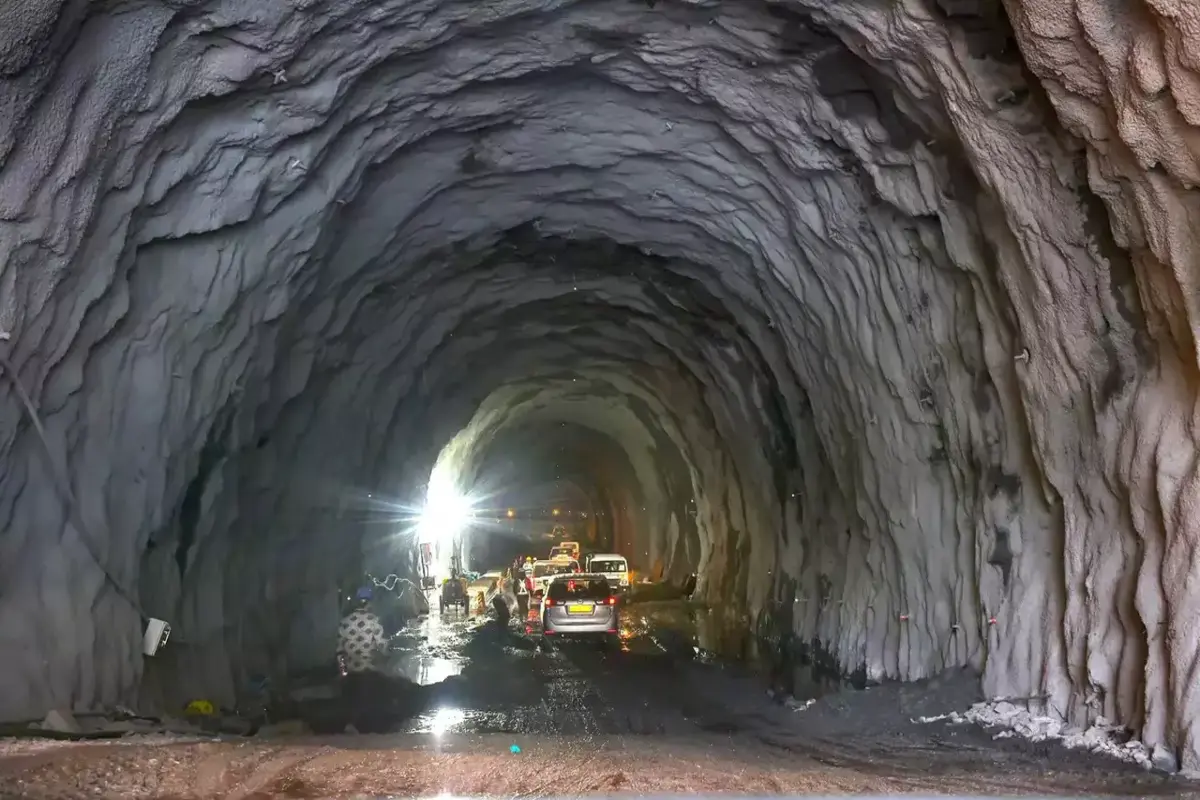
In a significant boost to Ladakh’s infrastructure, the Shinkhun La Tunnel is poised to revolutionize transportation and connectivity in the region. This strategically important project is expected to transform the socio-economic landscape of Ladakh, a remote and rugged area often isolated due to harsh weather conditions.
Prime Minister Narendra Modi virtually inaugurated the project’s “first blast” on July 26, during his visit to Ladakh to commemorate the 25th anniversary of Kargil Vijay Diwas. He hailed the tunnel as a “game-changer” for Ladakh’s infrastructure.
Project Overview
Located at an altitude of approximately 15,000 feet, the Shinkhun La Tunnel is part of India’s ambitious plan to enhance connectivity in high-altitude border areas. The 4.1-kilometer tunnel will connect the Leh-Manali Highway with key strategic points, significantly improving the region’s road network.
Key Benefits
– Enhanced connectivity: Reduced travel time between Leh and other parts of Ladakh, facilitating smoother and faster transportation.
– Economic impact: Boost to local economies through increased tourism, easier goods transportation, and new business opportunities.
– Strategic importance: Enhanced logistical support for military operations, ensuring quicker and more reliable movement of personnel and supplies.
– Tourism boost: Easier access to Ladakh’s stunning landscapes, rich culture, and adventure tourism opportunities.
– Safety and accessibility: Safer route during adverse weather conditions, ensuring year-round accessibility to remote areas.
Transforming Life in Ladakh
The completion of the Shinkhun La Tunnel will mark a significant milestone in India’s infrastructure development in Ladakh. It is expected to set a precedent for future projects, showcasing the potential for engineering solutions to overcome geographical challenges. The project represents a vital step forward in ensuring the region’s connectivity, security, and economic growth.
All-Weather Connectivity
The Shinkun La tunnel, designed with cross-passages every 500 meters, is projected to take at least two years to complete. Once finished, it will provide all-weather connectivity, addressing the issue of snow-bound routes during winter months. The tunnel will significantly enhance transportation and logistics, facilitating uninterrupted travel and trade, and ultimately benefiting local communities and boosting regional development.
To read more such news, download Bharat Express news apps






















